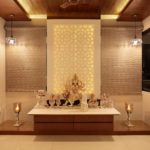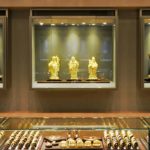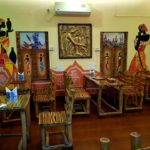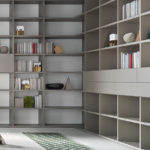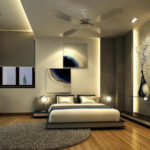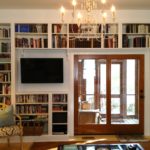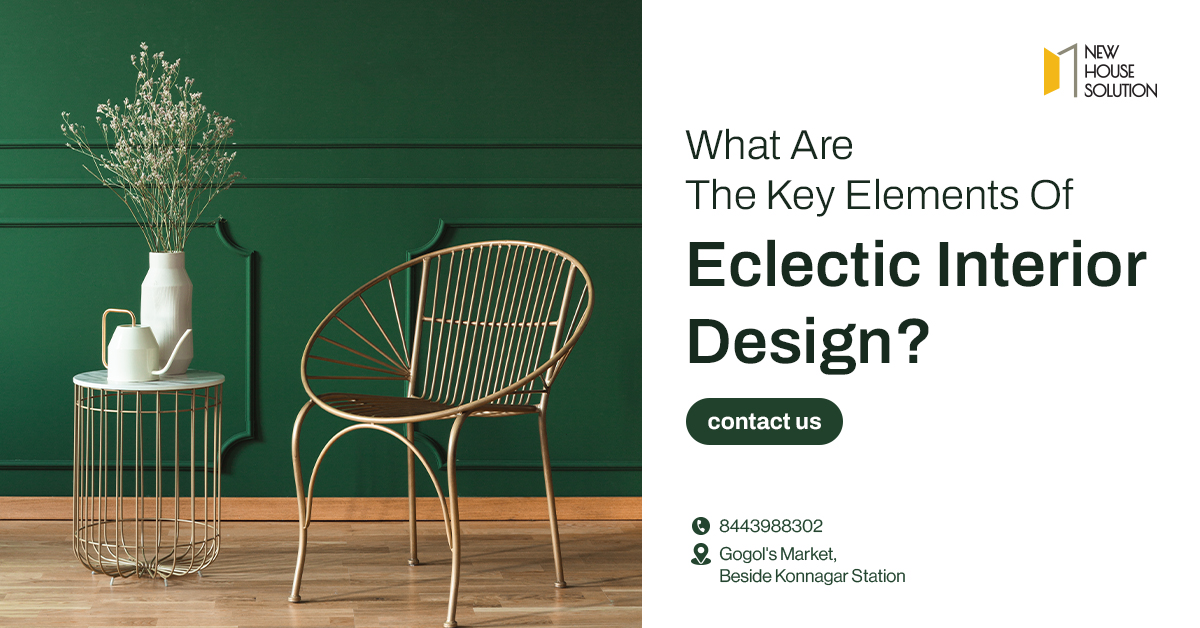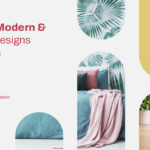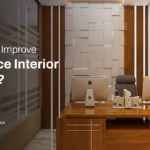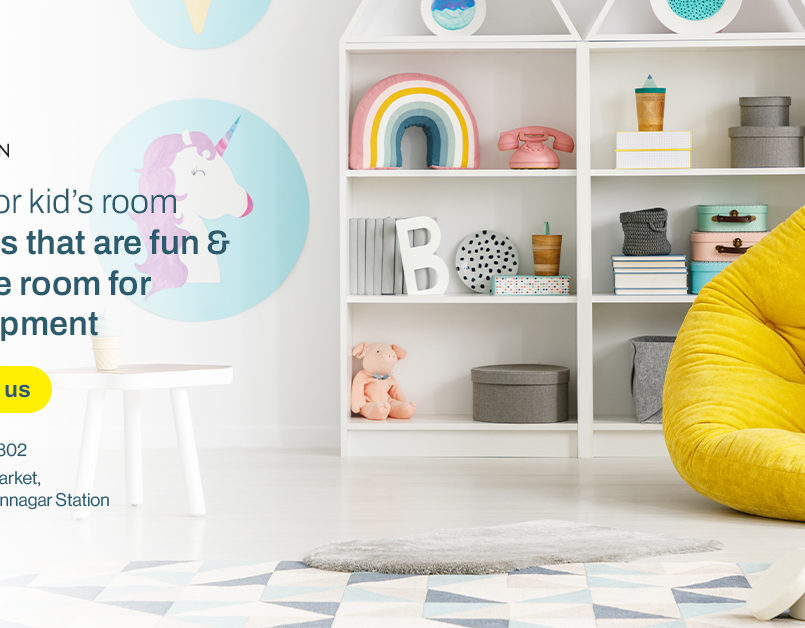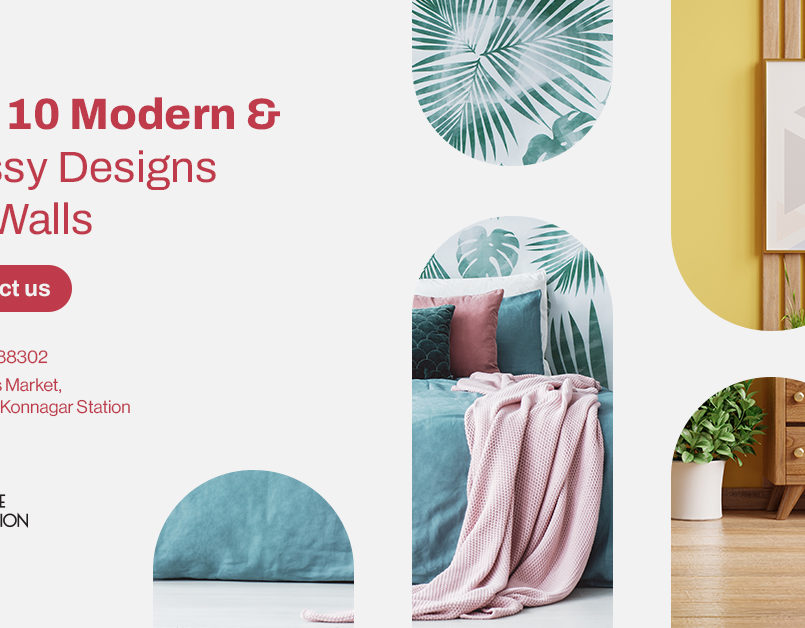What Are The Key Elements Of Eclectic Interior Design?
Eclectic interior design is all about mixing and matching various design styles, elements, and objects to create a unique and harmonious decor. The key elements of eclectic interior design include:
- Varied Styles: The core of eclectic design is the blending of different design styles, such as traditional, modern, industrial, bohemian, or vintage. This mix of styles creates a dynamic and visually engaging space.
- Color Harmony: While eclectic spaces can incorporate a wide range of colors, there is usually some form of color harmony or coordination. A well-thought-out color palette can tie together diverse elements within the room.
- Texture Variety: Incorporate a variety of textures to add depth and interest to the space. This might include soft textiles like rugs and cushions, as well as hard surfaces like wood, glass, and metal.
- Mix of Patterns: Eclectic interiors often feature an array of patterns and prints. Mixing and matching these patterns can create a lively and vibrant atmosphere. Just be sure to maintain some level of visual cohesion through color or style.
- Unique Furnishings: Eclectic interiors tend to include unique, one-of-a-kind pieces of furniture and decor. These can be antiques, vintage finds, or artisanal creations that add character to the space.
- Art and Collectibles: Displaying art, collectibles, and personal items is a hallmark of eclectic design. These items tell a story and give the space a personal touch.
- Layered Decor: Layering is a common practice in eclectic design. This involves combining various elements like rugs, throws, and pillows to create a visually rich and inviting atmosphere.
- Open-Mindedness: The most important element of eclectic design is an open-minded approach to decorating. It’s about breaking traditional design rules and allowing your personal taste and creativity to shine.
- Balance and Cohesion: While eclecticism embraces diversity, it’s essential to maintain some sense of balance and cohesion in the design. This can be achieved through color coordination, repeating certain elements, or having a unifying theme.
- Flexibility: Eclectic design allows for flexibility and evolution over time. You can continually add new pieces and change the composition of the space as your tastes evolve.
- Mix of Eras: Don’t be afraid to mix furniture and decor from different eras. For example, combining mid-century modern furniture with antique accessories can create a visually interesting contrast.
- Personal Expression: Ultimately, eclectic interior design is a form of personal expression. It’s about creating a space that reflects your unique personality and interests.
Keep in mind that while eclectic design encourages mixing and matching, it’s essential to maintain a sense of cohesion to prevent the space from feeling chaotic. Experimentation and creativity are key, but thoughtful curation is equally important to achieve a successful eclectic interior.

